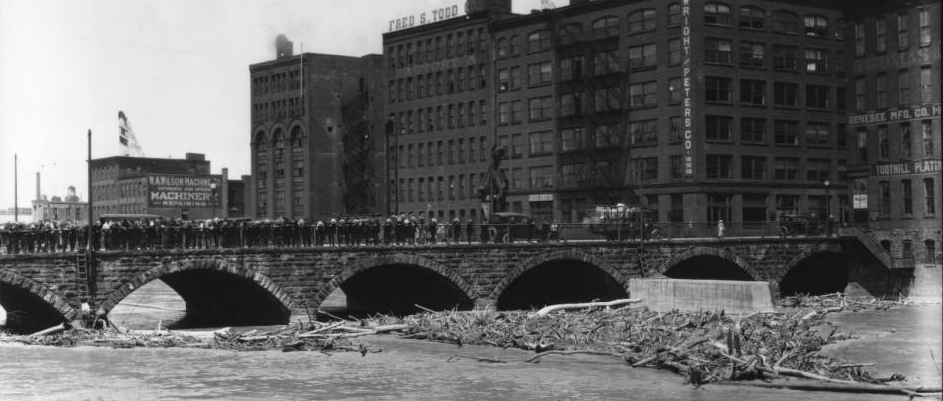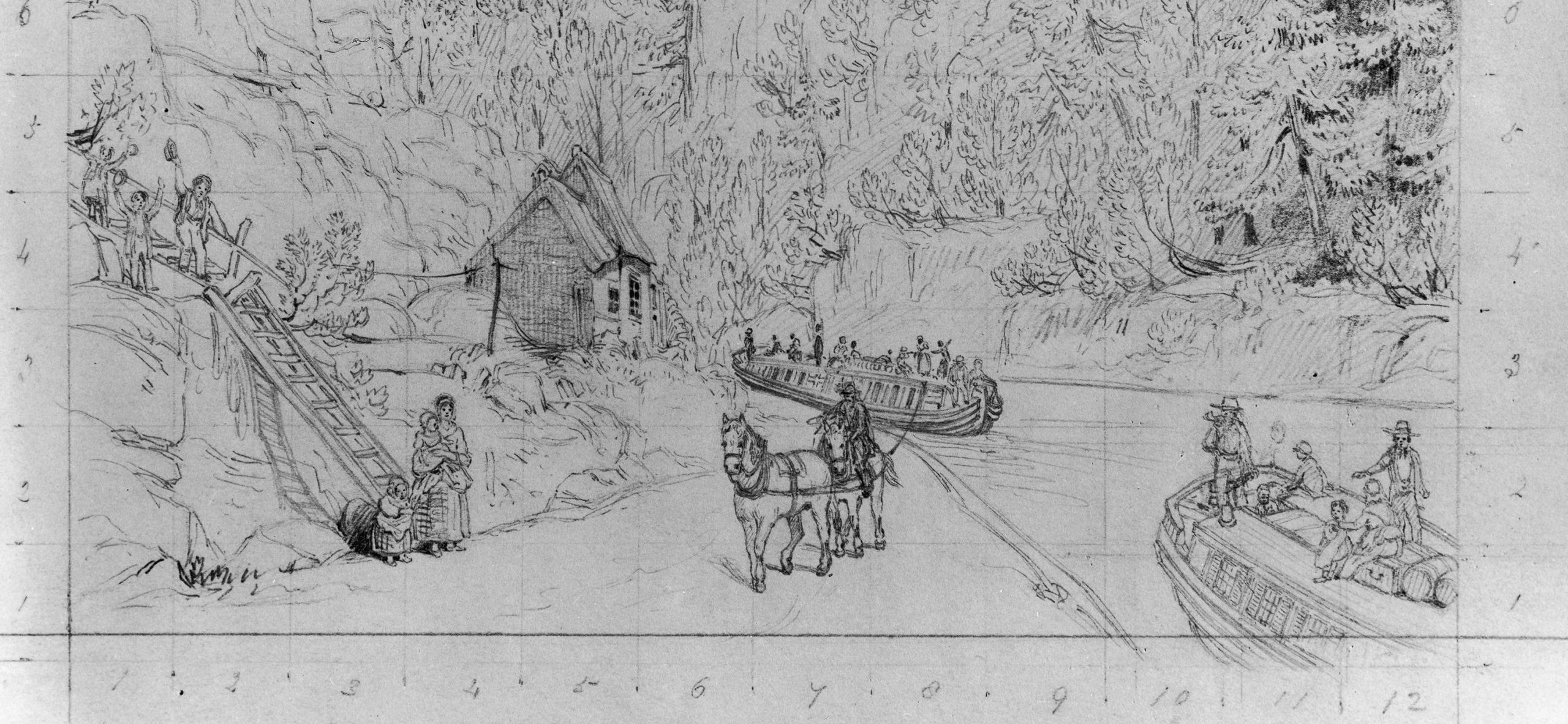Without the Erie Canal, Syracuse, Utica and Rochester might not exist. Buffalo might not still be in the top 100 most populated cities in America, and a city other than New York City might have capitalized on its port to become the nation’s center of trade.
The Canal’s influence on the upstate region cannot be understated, as demonstrated by its impact on population.
The earliest major American infrastructure project was ridiculed as “Clinton’s Ditch,” “Clinton’s Folly,” and more, as the investment of $7 million (roughly $165 million today) was unfathomable to the early American public.
But, the project “opened up the entire western New York region,” said Jose Torre, a professor at SUNY Brockport.
The Erie Canal sparked the growth and development of western New York, and its influence didn’t stop there. Much of the development of western America hinged on the transportation benefits and possibilities that the Canal brought. Not only did the Erie Canal arguably mother several cities in New York and beyond, but its influence can still be felt today in things like the state’s population distribution, politics and infrastructure projects.
In 1820, Cleveland, Rochester and Syracuse were not yet defined as cities; Buffalo, Detroit and Utica all had populations of less than 3,000.
By 1850, all those cities were among the top 40 most populous cities in America, except for Cleveland, which was 41st. This growth is unprecedented, and does not include already established cities like Albany and New York City (ranked as the 10th and first most populous cities in 1850, respectively).
Before the Erie Canal, “everything was limited to the Hudson River, between New York City and Albany,” said Brad Utter, a senior historian and curator at the New York State Museum. “There were some limited trade routes out in western New York, but (the Canal) kicked it off.”
The combination of the invention of the steamboat — which allowed boats to travel upriver — and the better ability to manufacture made the Erie Canal’s impact all the more expansive. The cities could manufacture household goods (like cloth and leather) and send them inland, while farmers could send potatoes and wheat back to the cities to feed the growing population.
This revolution, both in transportation and manufacturing, made the Erie Canal ever more powerful in transforming the country into the global superpower it was starting to become.
Boom towns
The slider depicts city growth (by rankings in the top 100 cities in America) in the Northeast. The number below a city name is its ranking for a given decade. Blue circles show a growth in the city rankings over the past decade, with stronger shades showing larger growth; red is a decrease in rankings. Maps by Alex Levy.












